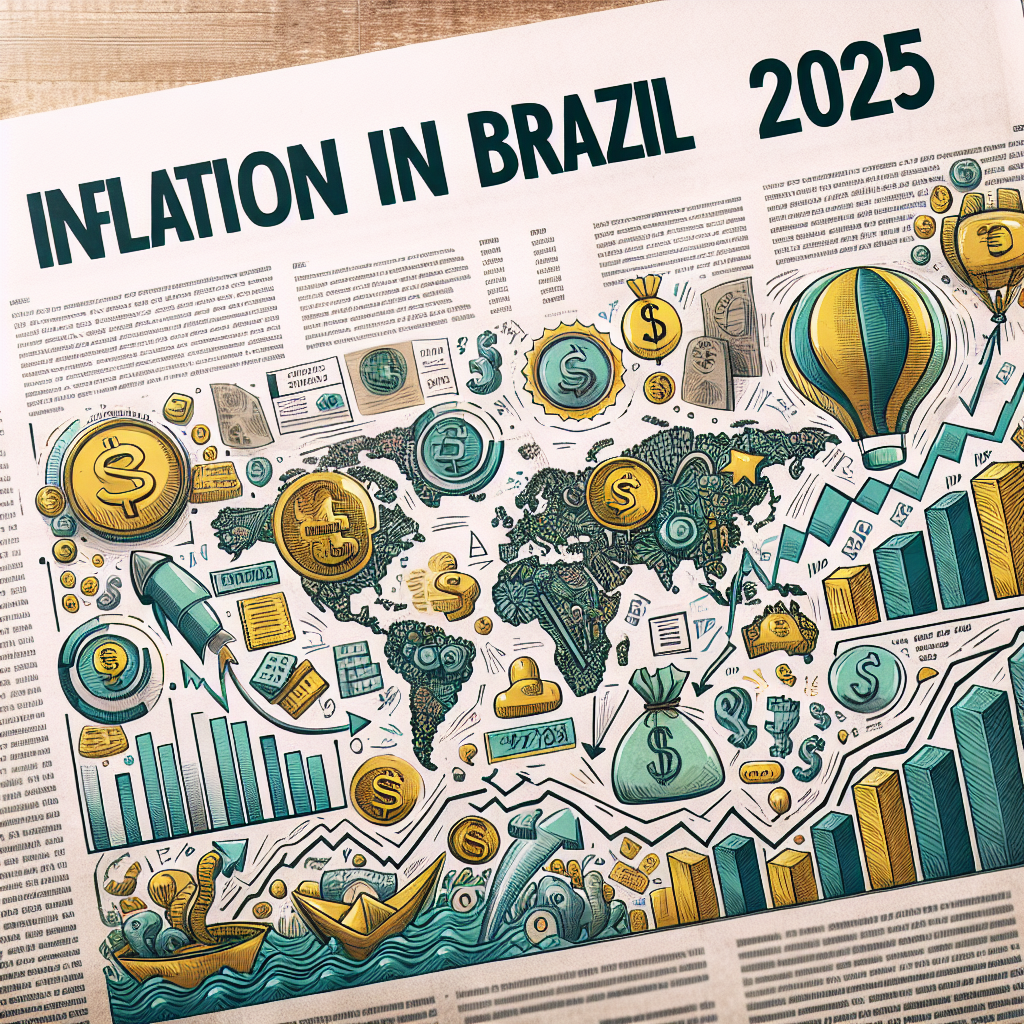Inflation in Brazil: Insights and Projections for 2025
As Brazil grapples with the ongoing effects of global economic fluctuations, understanding the trajectory of inflation in 2025 is more crucial than ever. This post aims to provide clear insights and actionable recommendations tailored for businesses, investors, and policymakers looking to navigate the complex landscape of the Brazilian economy.
Current Inflation Trends
In 2024, Brazil witnessed an increase in inflation due to a combination of factors such as supply chain disruptions, government spending, and external pressures from global commodity prices. The inflation rate for 2024 was recorded at approximately 7.3%, significantly impacting purchasing power and economic stability.
The Central Bank of Brazil has undertaken initiatives to stabilize prices, including adjusting interest rates and controlling monetary supply. Analysts project that while inflation may trend downwards in 2025, it will remain a crucial factor affecting economic policies. Continued scrutiny of inflation metrics will be vital as businesses prepare for potential price increases that could affect their bottom lines.
Key Insights from Data Analysts
According to insights from our Data Analysts, the inflation rate in Brazil could stabilize around 5% for 2025 if proactive measures are adopted. Short-term hikes might still be observed due to external shocks; nevertheless, economic policies aiming at fiscal responsibility and enhanced productivity can contribute positively to controlling inflation.
Additionally, fluctuations in agricultural output, global supply chains, and energy prices are anticipated to have a lingering impact on inflation rates. Investors should pay attention to commodities markets and agricultural conditions, as these factors often correlate closely with inflationary trends.
Actionable Recommendations
-
Implement Hedge Strategies: Businesses involved in import-export operations should consider implementing hedging strategies to mitigate the risks associated with fluctuating prices. This could involve entering into forward contracts for commodities and foreign currencies to maintain cost predictability.
-
Review Pricing Strategies: Companies need to continuously reassess their pricing strategies to adapt to the evolving cost landscape. It can be beneficial to conduct periodic reviews of pricing policies to align them with market movements and consumer demand.
-
Monitor Policy Changes: Staying current with policy changes from the Brazilian government and the Central Bank will be vital. Companies should monitor new inflation-targeting policies or adjustments in interest rates that can directly affect financing and operational costs.
A Data-Driven Approach
Incorporating data visualizations into your strategies could yield significant improvements in understanding market conditions. By utilizing graphical data representations, stakeholders can better comprehend the complexities of inflation trends, allowing for informed decision-making that embraces both risk and opportunity.
!Inflation Trends Chart
Example of a data visualization illustrating the projected inflation trends for 2025.
Conclusion
In conclusion, inflation in Brazil for 2025 presents a mixed bag of opportunities and challenges. By leveraging insights from our analysts and monitoring economic indicators, stakeholders can take proactive measures to thrive in a fluctuating economic environment. As we move forward, continuous engagement with both local and international economic trends will be critical in making informed decisions moving towards 2025.
For further updates and detailed analytics, stay tuned to our financial media channels. Follow us on Twitter and subscribe to our newsletter for the latest developments on Brazil’s economic outlook.
